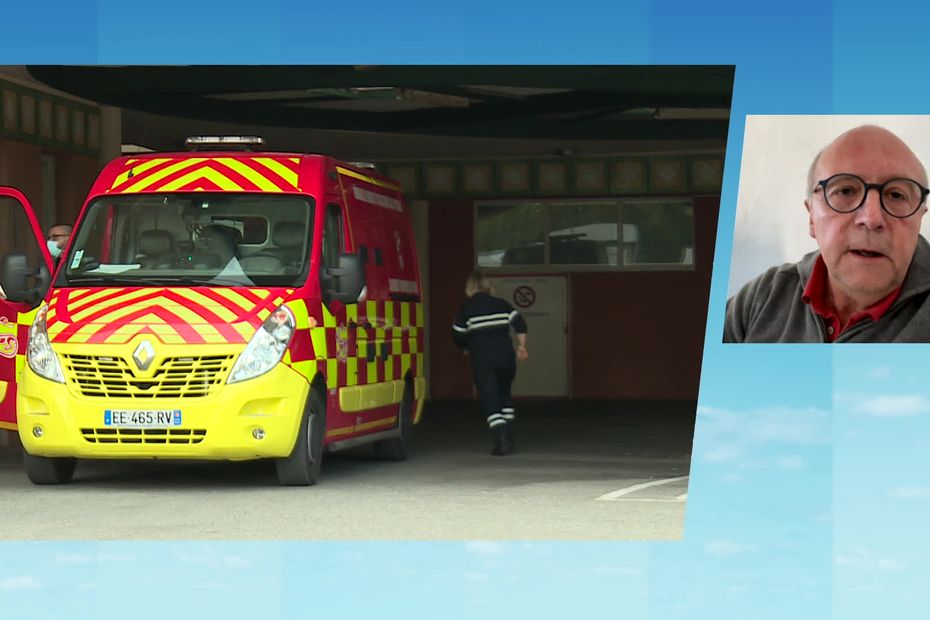Until now, people with visual disabilities only have access to see certain works of art with their fingers in very specific museums or centers. They are initiatives such as Today Touches the Prado or the one at the Uffizi Gallery in Florence, with certain paintings in relief to go through tactilely. But for Míriam Rodríguez that is not enough if we are talking about making art inclusive. For this reason, since 2016, he has been investigating how to make all kinds of two-dimensional pieces accessible to people with visual disabilities (painting, photography, engraving, drawing…), at the same time as it is for the rest and in the same space: « What the Prado does is show a series of significant works in relief. And what I propose is to recreate in 3D all the works of an exhibition of any art space », he maintains.
For eight years he has been thinking about how to make, in short, that “art be for everyone”. While studying Audiovisual Communication at the University of Burgos, Rodríguez investigated the software of 3D modeling to find the one that meets your expectations, and allows you to shape all types of works regardless of their complexity and technique. The result, The M3T (3D Modeling Typhlology), has been his Final Degree Project and with it he has obtained one of the prizes of the last call for Market Prototypes of the UBU. And right now, from his native Asturias, he is making the pilot prints with paintings by Picasso.
“I started with harlequin musician and I have continued with Sit woman, from 1938. I have chosen Picasso because I like him very much as a painter, but above all because he has a very complex trajectory that encompasses various trends and pictorial stages, and to test this prototype and demonstrate that it works with any genre and work, I choose one of each period”, he points out while explaining the procedure: “We recreate all the lines of the painting and offer various levels of reading, from less to more”. In the images you can see a simpler first impression that is accompanied by text in braille and another with much more detail. “We guide the person without depriving them of the work or synthesizing it,” he adds.
Míriam Rodríguez with her TFG.
The interesting thing about his project is that it is economically feasible and can be adapted to any temporary exhibition, which is why it goes further than initiatives such as the Prado which, due to its cost, can only be carried out with representative pieces. «With the photo they send you, for example, for the catalog you can do the 3D adaptation. Printing a work takes about ten hours. And the cost is very affordable. The cost is to set up the company and acquire the material, but then it is a service that you can offer at an affordable price».
His proposal, moreover, does not go to the detriment of what already exists, but adds to the audio guides and panels in braille system».
Try in a museum. The next step is to test the impressions with people who have different degrees of visual impairment and do it in a museum environment. To do this, it works together with ONCE in Oviedo and the Museum of Fine Arts in the Asturian capital.

“We are going to try it next month. With the museum we will study how to place it in a room and how we can also adapt it to other types of audiences so that it is educational for everyone». Because the priority of his TFG «has been to ensure that within the same art space we can live different learning experiences without the need to create other parallel spaces. The experience must be inclusive and for everyone.
The difference between selecting some work or making all of them accessible
From the relief of the city that is in the viewpoint of the Castle to the birth of venus by Botticelli, in the Uffizi Gallery (image on the left) or Vulcan’s Forge de Velázquez, in the Prado (photo on the right). There are many and varied possibilities for people with visual disabilities to see through their fingers, but the difficulty in making these pieces means that they are reduced to just a few examples. Today Touch the Prado, name of the initiative that the art gallery carries out with a traveling exhibition, reproduces six works from its collection. Significant, yes, but only six after all.
The difference with The M3T, 3D printing in Typhlology (the science that studies blindness, how to cure it and the needs of people with visual disabilities) is that the production costs and the time to make each work are much lower, so that an entire exhibition can be reproduced. With the impression of the moment, for example, the effect of perspective and probably the reflection in the mirror of Las Meninas of Velazquez. But yes the basic information of the box.
–


